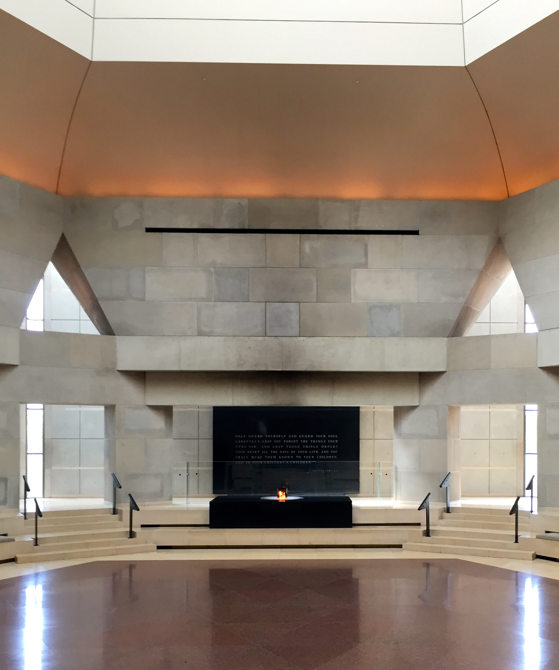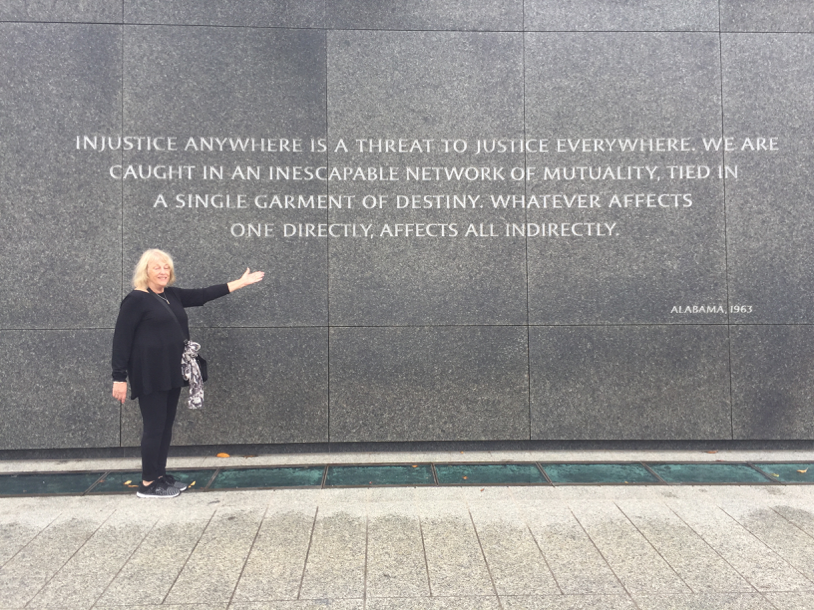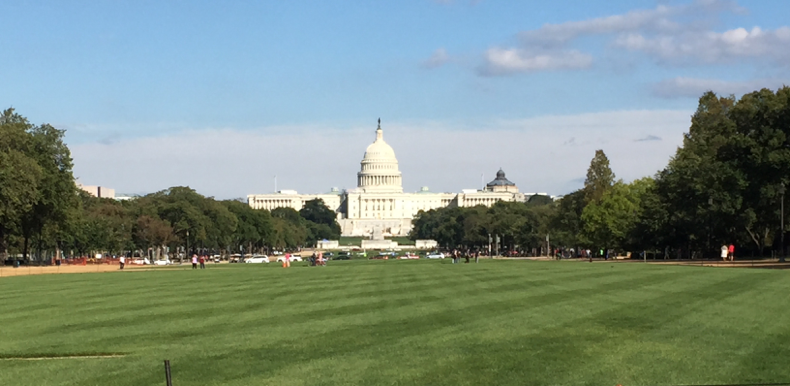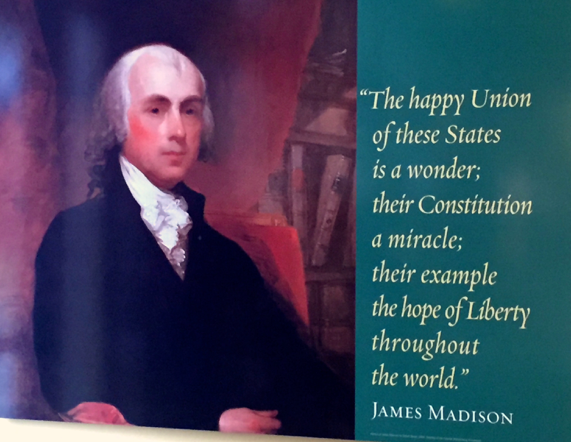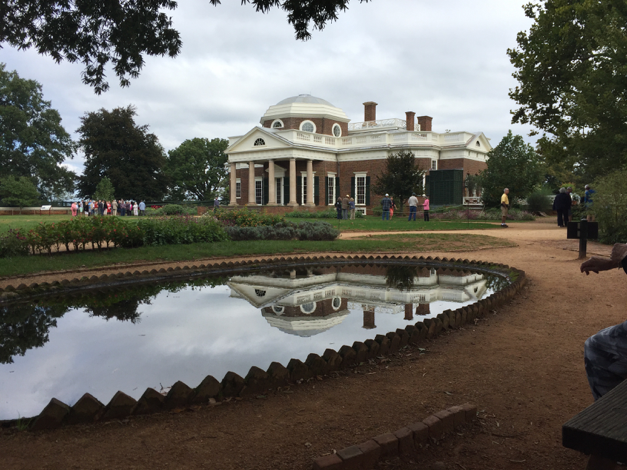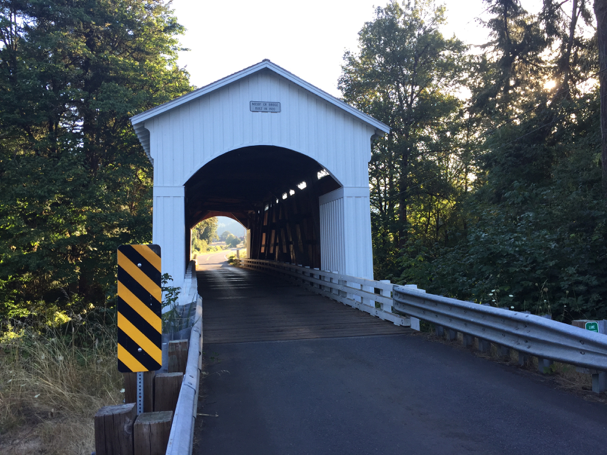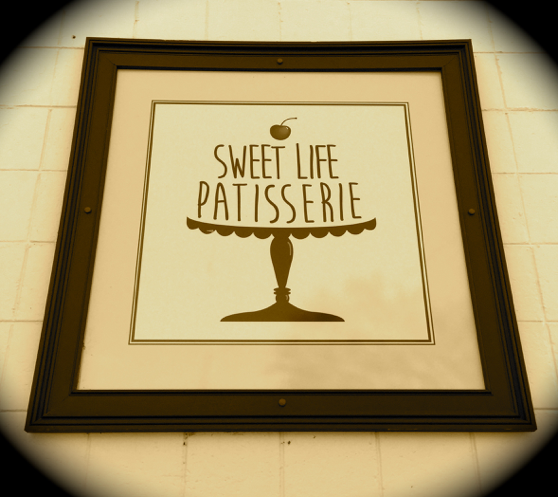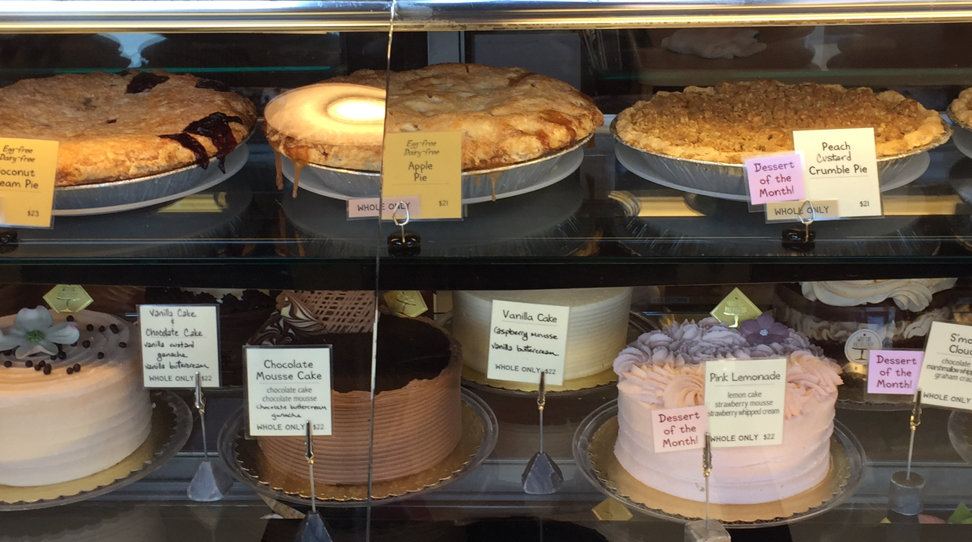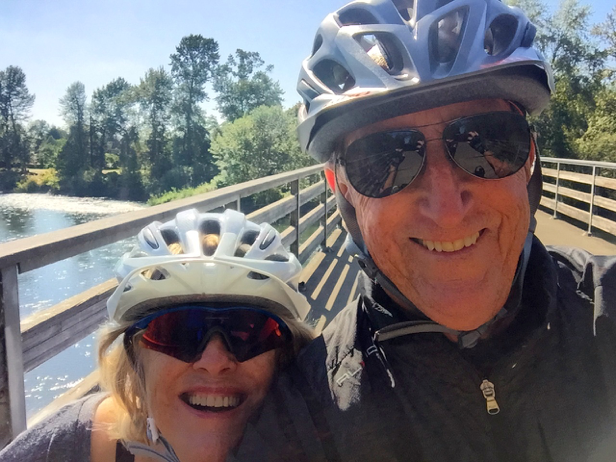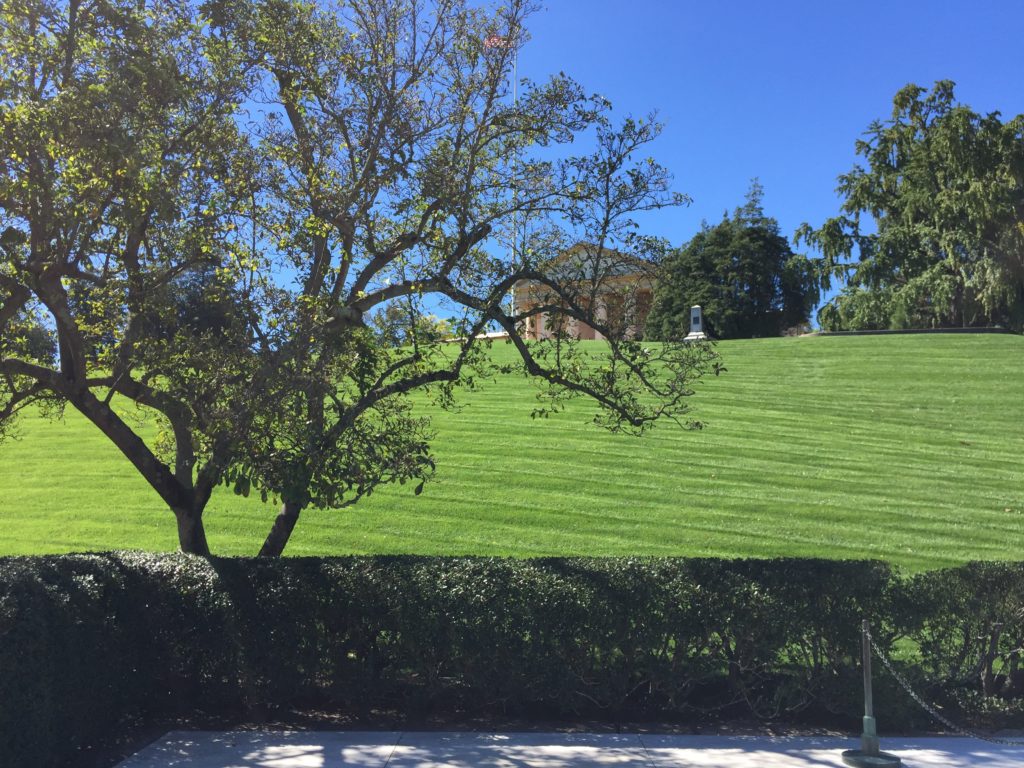
I took this picture at the burial site of John and Jacqueline Kennedy looking up the hill toward the Robert E. Lee mansion (Arlington House) at Arlington National Cemetery.
I regret never having been to Arlington until this trip. It’s a moving experience. Last weekend we were fortunate to have a beautiful fall day with relatively small crowds. For two weeks leading up to the visit we were exposed to a crash course in American history, visited the homes of Washington, Jefferson, Madison and Monroe, toured the battlefields of Antietam and Gettysburg, and stood at the Lincoln, Jefferson, FDR, MLK, and Vietnam memorial sites. It was only fitting that Arlington be the capstone to our American history tour.
There is something both alluring and magnetic about cemeteries. Freshly mowed neatly trimmed lawns. Flower borders. Shade trees. Headstones, crosses, and flat gravestones aligned in eye-pleasing rows. None is more alluring or magnetic than the National Cemetery.
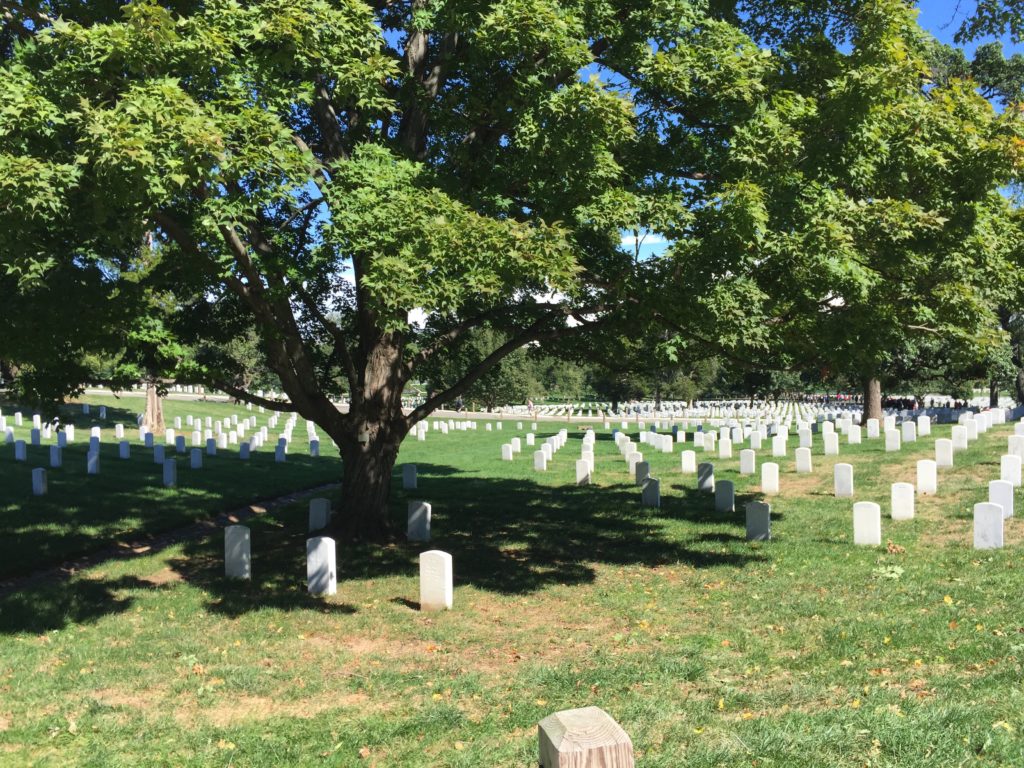
Wordsworth’s definition of poetry might as easily apply to the landscape at Arlington; He said poetry is the “spontaneous overflow of powerful feelings,” that it takes its origin from “emotion recollected in tranquility.” At Arlington, America’s fallen lie in tranquility, the violence and emotion of their deaths neatly buried, like their bodies, beneath the manicured carpet of grass that rises and falls on the ridges and swales of this serene landscape.
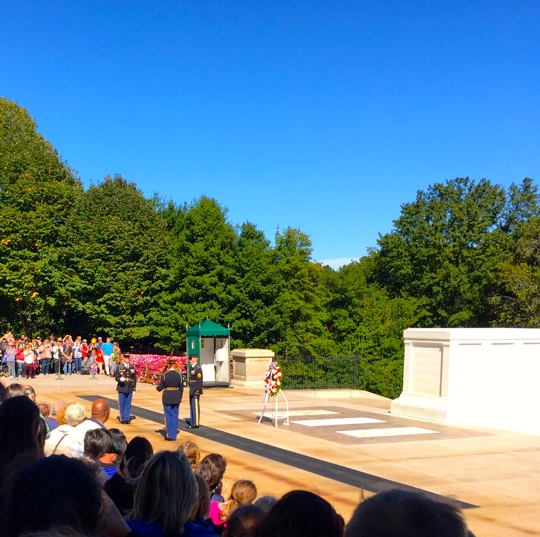
Today, I’m thinking of America’s war dead, recent and not so recent – more than 400,000 of them buried within the 624 acres that lie on this hill above the Potomac. Within its boundaries are presidents (JFK and Taft), generals (Pershing and Marshall), servicemen and women from every war in US history, the Tomb of the Unknowns (above) dedicated to those who remain unidentified, as well as 4000 emancipated, freed and fugitive slaves. It is truly America’s graveyard.
No visit to Washington is ever complete, for me, without a stop at the Vietnam Memorial. It’s personal as well as symbolic. The Vietnam War is the most significant geo-political event of my generation’s lifetime. 58,000 Americans died there between 1964 and the fall of Saigon on April 30, 1975. When I visit I go immediately to Panel 30E, Row 83 where the name of Lewis Herbert Abrams is inscribed in the black granite.
Lew was my F11F instructor at NAS Beeville, Texas. He was a Yale English graduate before joining the Marine Corps. At the final stage of advanced training, he taught me air-to-air tactics, gunnery, and flew my wing as I broke the sound barrier for the first time. I also remember him quoting a William Carlos Williams poem during a preflight briefing. He was not your average Marine Corps fighter pilot.
I can’t say I knew him well, but as a fellow English major/Marine fighter pilot I felt a kinship. Col. Lewis Herbert Abrams died in an A6 Intruder over North Vietnam on November 25, 1967. I knew others whose names are on the Wall, but it’s Lew’s name I always visit, touch, and think about.
Semper Fi.
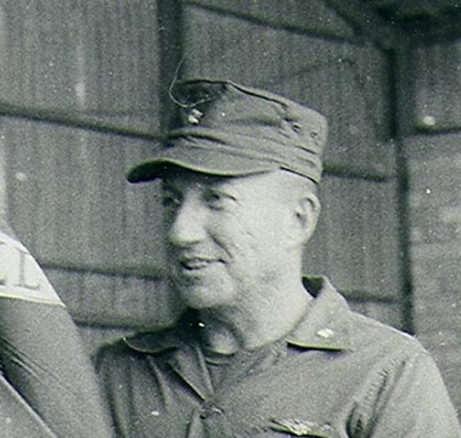







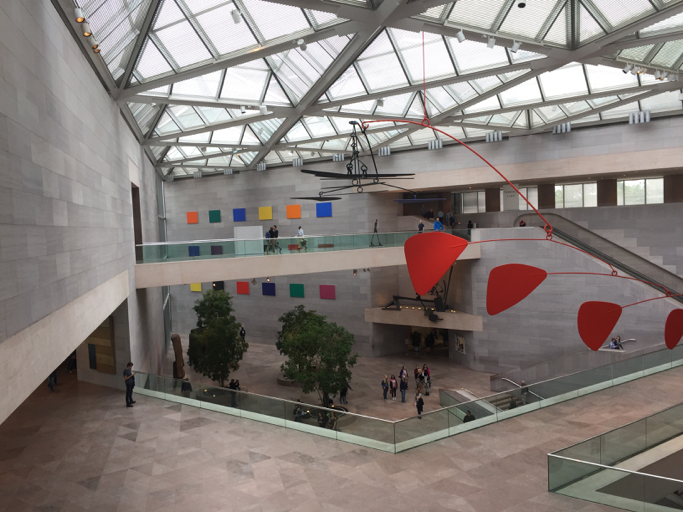
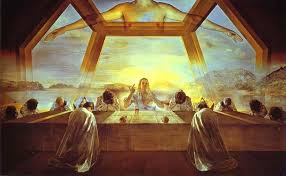
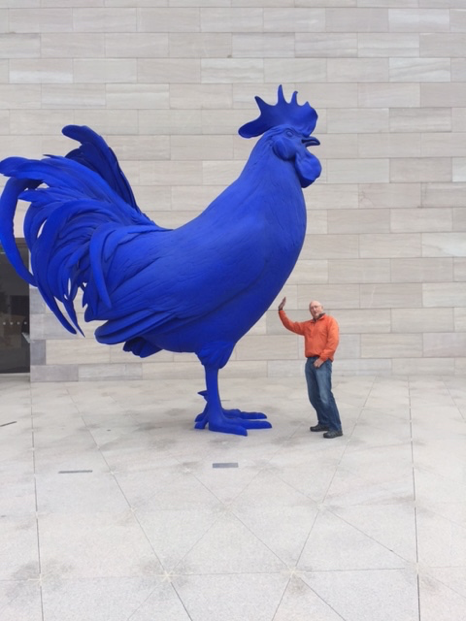
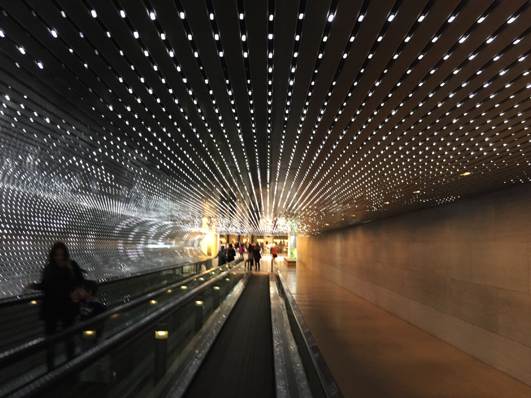
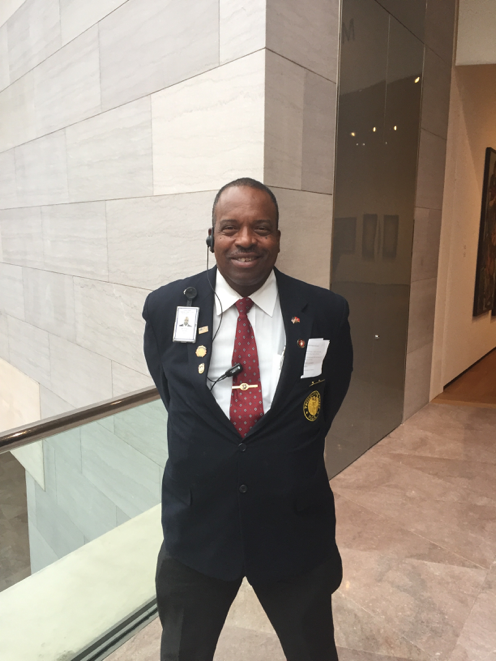
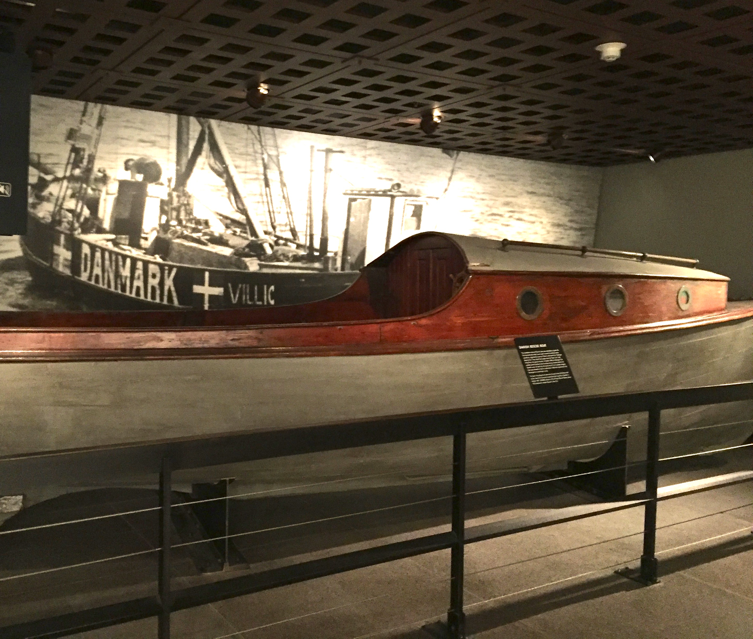
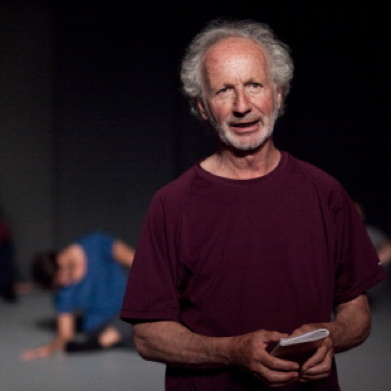 His name is Etienne Glaser. We talked during lunch that day and he invited us to meet him later at his apartment. He wanted to help us plan our Swedish itinerary, to make it special for us. It turns out that Etienne, then in his early 30’s, was already a famous director at the Opera as well as a film actor and director of note. Later that day he told us his story. It went like this…
His name is Etienne Glaser. We talked during lunch that day and he invited us to meet him later at his apartment. He wanted to help us plan our Swedish itinerary, to make it special for us. It turns out that Etienne, then in his early 30’s, was already a famous director at the Opera as well as a film actor and director of note. Later that day he told us his story. It went like this…